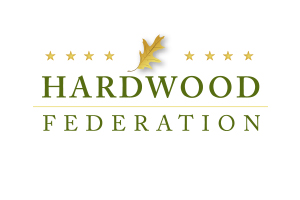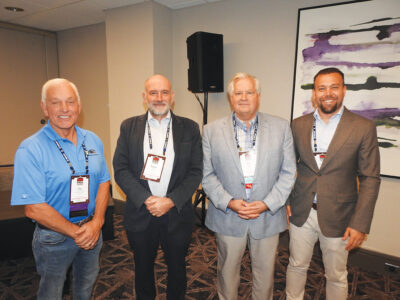
(Editor’s Note: Due to new information from the Trump Administration after the following article was released, be advised of this important update from the Hardwood Federation (HF): On Thursday, Jan. 30, President Trump announced to reporters that he would follow through on his threat to impose 25 percent tariffs on imports from Canada and Mexico on Saturday Feb. 1, citing the flow of fentanyl and large trade deficits as among the reasons for his decision. The HF noted this could have significant impacts on the U.S. hardwood industry in terms of both lumber and logs exported to both countries as well as supplies and machinery used in logging, mills, yards, and other operations. He also reiterated threats to impose tariffs of unknown proportions on China and the European Union.)
According to the Hardwood Federation, at press time, President Trump issued his America First Trade Policy, an Executive Order (EO) outlining a large-scale review of current global trade relations and impacts on the U.S. economy. The President did not immediately impose a raft of broad-based tariffs on U.S. trading partners as many anticipated. Instead, he authorized key departments, including Commerce, Treasury and the U.S. Trade Representative to conduct assessment of trade relations with leading trading partners including those specifically referenced during and following the campaign. The finding of the various studies is generally due by April 1, 2025, although some are due later that same month.
China: The EO calls for review of China’s compliance with the “Phase One Trade Deal”, the economic and trade agreement entered into by the U.S. and China in January 2020 which required increased purchases of U.S. products, including U.S. hardwoods by China. The EO further authorizes an investigation related to “practices by the People’s Republic of China (PRC) that may be unreasonable or discriminatory.”
Canada and Mexico: The America First Trade Policy also directs departments to examine the impacts of the U.S.- Mexico-Canada Trade Agreement (USMSCA) on American companies, service providers, workers, farmers, etc. and provide recommendations for future U.S. participation in the agreement.
External Revenue Service (ERS): The EO does not go as far as to establish an External Revenue Service to collect and distribute tariffs collected by the U.S. as has been floated in recent months, but it does require that Commerce, Treasury and others conduct a feasibility study of doing so.
While the EO lays out a process for study, review and policy development, almost immediately following the signing of the document, the President reiterated threats to impose general tariffs on Canada and Mexico (25 percent) and China (10 percent) and noted concerns around trade with the European Union. While there may be a delay in the imposition of tariffs, clearly a foundation for doing so in the future, near or far, has been laid.
This situation remains incredibly fluid and can change from day to day. The Federation will continue to closely trace developments related to the evolving nature of the Administration’s China trade policy and will be rolling out proposals to address adverse impacts on the industry in the near future.








